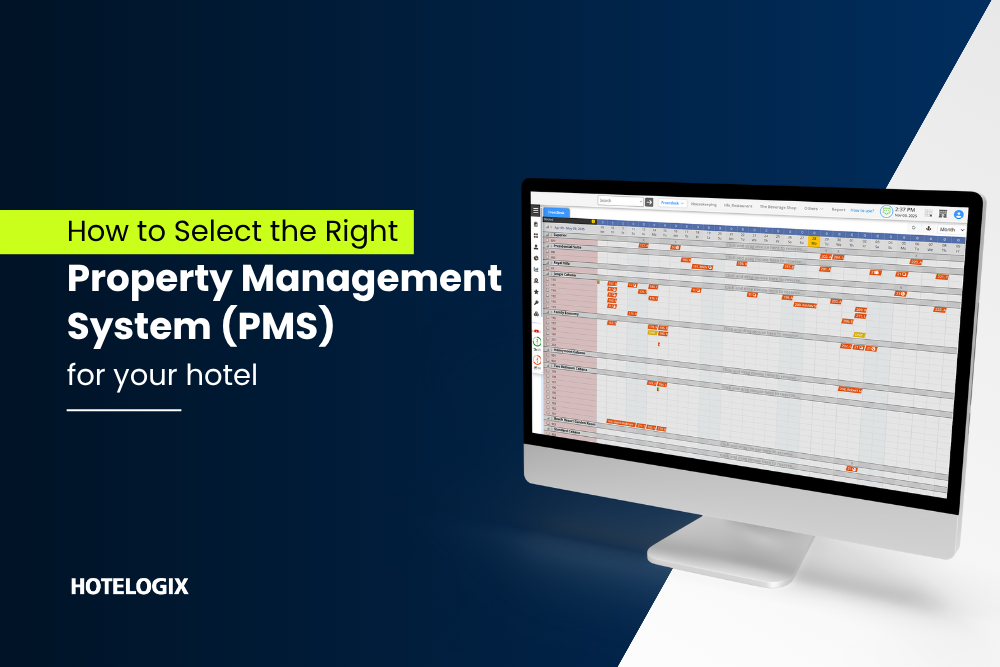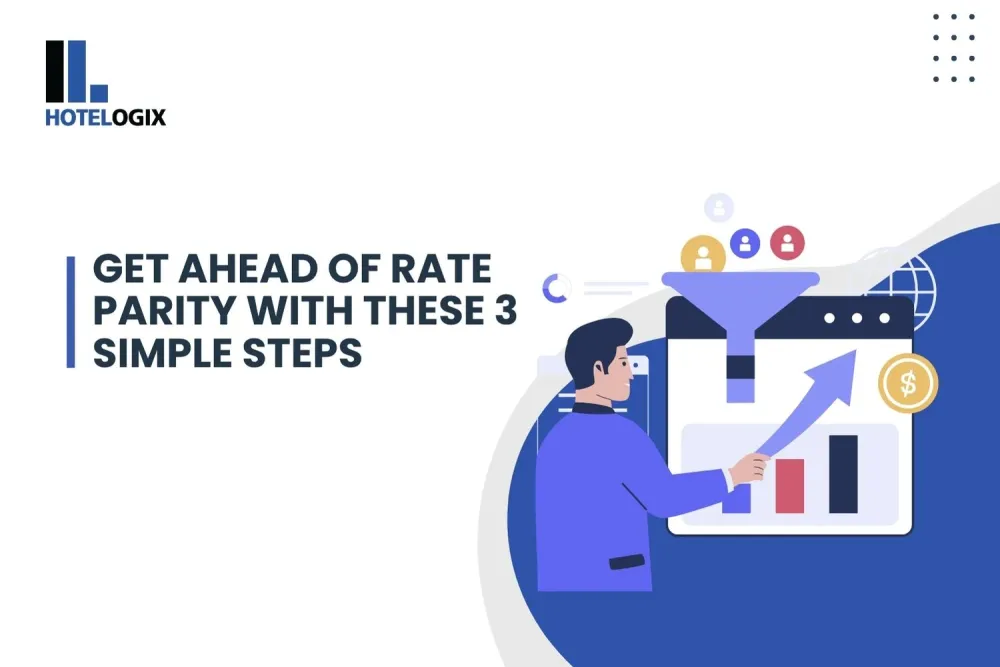In today’s hospitality landscape, rate parity remains one of the most debated issues in hotel distribution. While OTAs (Online Travel Agencies) undeniably boost a hotel's visibility and help fill rooms, their rate parity clauses often handcuff hoteliers—forcing them to maintain the same room rate across all platforms, including their own website.
This becomes a challenge when independent hotels want to offer incentives for direct bookings. Governments in some markets have started regulating this—France banned rate parity clauses, and hotel associations in the UK, Germany, and Australia have raised concerns.
The regulatory landscape is rapidly evolving, with the European Union implementing the Digital Markets Act (DMA) in 2024, which mandated Booking Holdings to remove rate parity clauses across Europe. This monumental shift has given hoteliers unprecedented pricing flexibility not seen before.
But relying on legislative change is risky. For most hoteliers, especially those managing boutique or mid-size properties, a more proactive approach is necessary.
The good news? There are compliant, guest-friendly strategies that help boost direct bookings without breaching OTA agreements. Here’s a simple, three-step process to help your hotel get ahead of rate parity in 2025.
1. Smart Widget Strategy for Qualified Lead Capture
Many hoteliers already use lead capture widgets—but often, without any real strategy. A simple pop-up asking for an email isn't enough anymore. In 2025, your widget should function as a lead qualification and conversion assistant.
Instead of just collecting emails, ask for both:
- Guest's email ID
- Preferred month of travel
Once submitted, redirect users to a private, thank-you page that sets expectations ("We’ll send you exclusive offers soon!"). You can then segment your email marketing campaigns based on their selected travel month and send them time-relevant offers that feel personalized.
Recent data shows that hotels using advanced personalization tools and segmentation strategies have seen conversion rates increase by up to 40%, with leading hospitality tech providers like The Hotels Network receiving recognition as top performers in Direct Booking and Rate Parity tools for 2025.
If a visitor ignores the first widget, you can try again with an exit-intent pop-up, triggered as they move their cursor to close the tab. A small nudge like “Wait! Don’t miss out on our private deal for your dates!” often leads to last-minute conversions.
Why this works:
- Increases the relevance of your follow-up campaigns
- Helps you gather demand insights across travel seasons
- Builds a clean, segmented guest database for remarketing
Instead of hoping guests come back after comparing OTA prices, this gives you a direct line of communication at just the right moment.
2. Create Confidential Landing Pages for Private Offers
Guests who are planning their trip in the next few days are looking for immediate deals. They don’t want to wait for a follow-up email. That’s where private, unindexed landing pages become your secret weapon.
Unlike public promotions, a confidential offer page can:
- Host exclusive rates or perks
- Be accessed only via direct links or through on-site widgets
- Remain hidden from search engines (important for OTA compliance)
What should this page include?
- A personalized welcome message
- A promo code (“WEBGUEST5” or “DIRECT10”) for limited-time discounts
- A clear call-to-action linking to your web booking engine
- Messaging that emphasizes the exclusivity: “Only available here”
This strategy is widely used by revenue-savvy hotels. It allows you to bypass OTA commission while maintaining the illusion of price consistency on public platforms.
3. Nurture Leads with Auto-Responders and Drip Emails

Auto-responders are often underutilized in hospitality. Most properties just send a booking confirmation and stop there. But if you're capturing guest interest before they book, you need to nurture that relationship until they do.
Let’s say a guest signs up for a stay in September. You can create a simple 3-email sequence:
Use these emails not just to promote discounts—but to build trust and Showcase your hospitality, your location, and what makes your property unique. By the time you offer a deal, the guest feels more connected to your brand.
When paired with a revenue management system, you can optimize this further—timing campaigns during low-occupancy windows or special dates when you want to push direct sales.
Why Rate Parity Can Be an Advantage in Disguise
It’s true that parity clauses are frustrating. But they’ve also nudged hoteliers to think smarter about direct marketing, guest data, and loyalty building. By creating value through exclusive, gated content rather than pricing alone, you’re creating a competitive advantage that OTAs can’t replicate.
Let’s look at how your channels compare:
Even if your room rates are the same across all channels, the experience you deliver via your website, email, and social media can make your direct booking offer far more appealing.
Why Hotelogix Makes This Easy for Hoteliers
That’s where Hotelogix comes in.
Hotelogix’s cloud-based PMS offers all the tools you need to win the direct booking game while staying compliant with OTA rules:
- A web booking engine with integrated promo code capabilities
- Seamless email integration and guest data segmentation
- Smart reporting dashboards tied to your revenue management system
- Real-time OTA management to avoid rate conflicts across channels
- Scalable for both independent properties and multi-property groups
From lead capture to conversion, Hotelogix makes it easier to reduce OTA dependency and grow direct revenue streams.
Final Thoughts
While rate parity may seem restrictive, it actually creates an opportunity for hoteliers to rethink how they drive direct bookings. By using personalized widgets, confidential offer pages, and automated email sequences, hotels can engage potential guests early—without violating OTA agreements. These strategies help shift the booking conversation back to your own channels, where you have full control over the guest journey and brand experience.
With the right tools in place—like Hotelogix’s integrated PMS, web booking engine, and revenue management features—hotels can streamline these efforts, reduce commission dependency, and improve conversions. Ultimately, this approach doesn’t just safeguard revenue—it builds stronger relationships with guests and creates a foundation for long-term loyalty.






